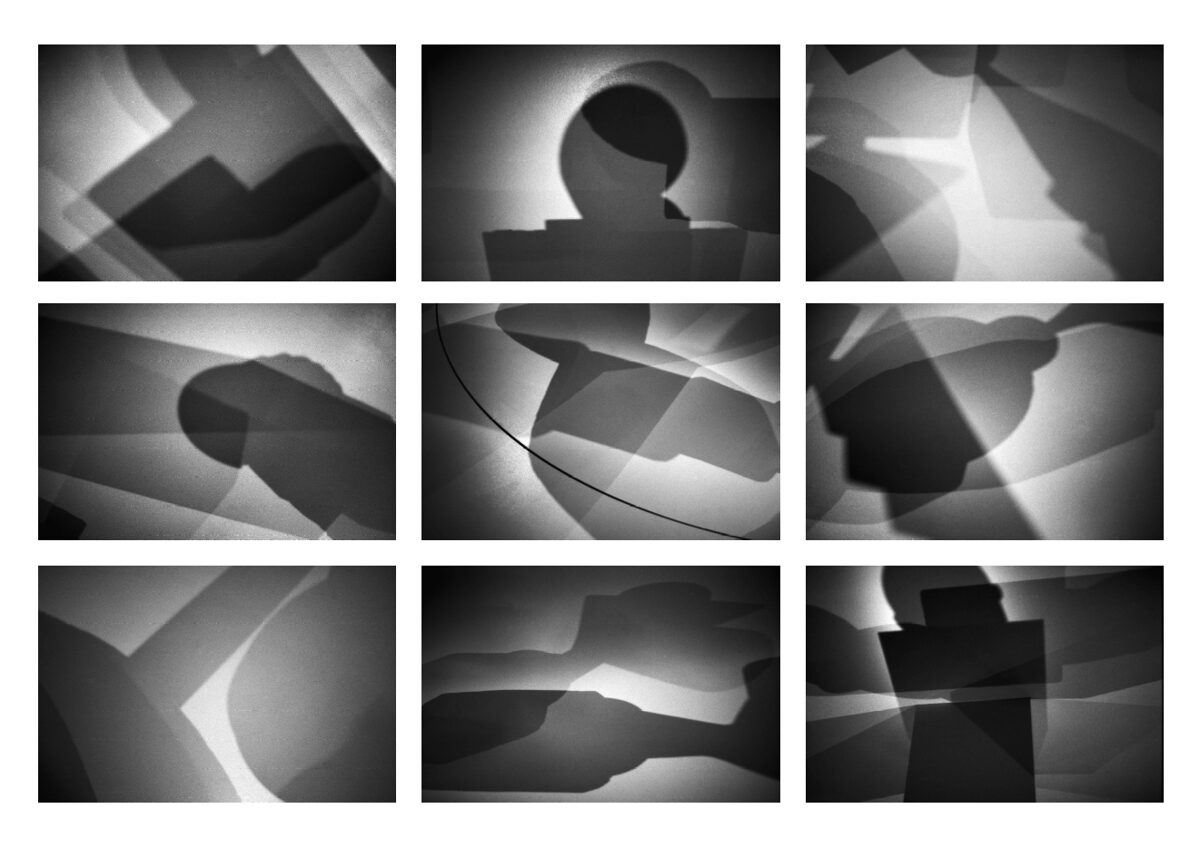THE SHADOWS OF BRÂNCUȘI
Aleksandra Kolodziejczyk and Karl Wratschko, 2024
Series of 9 silver gelatine prints
How does the shadow relate to the sculpture? It is outside the artwork and yet connected to it. Depending on the composition of the sculptures, the lighting conditions and the background, the shadows change shape, become more or less visible, overlap and create different shades of grey. In this way, the sculptures are abstracted to their basic form and given a form of expression that is changeable and therefore ephemeral in comparison to the materiality of the objects that cast the shadows. Can we look at the shadows separately from the artworks? Do they open up a new aesthetic of reception? Does the artistic character of the objects remain recognisable in them, and do authors' rights also apply to the shadows of artistic works?
The analogue photographs were taken in 2024 during an exhibition on the work of the sculptor Constantin Brâncuși (1876-1957) at the Centre Pompidou in Paris.
Aleksandra Kolodziejczyk and Karl Wratschko, 2024
Series of 9 silver gelatine prints
How does the shadow relate to the sculpture? It is outside the artwork and yet connected to it. Depending on the composition of the sculptures, the lighting conditions and the background, the shadows change shape, become more or less visible, overlap and create different shades of grey. In this way, the sculptures are abstracted to their basic form and given a form of expression that is changeable and therefore ephemeral in comparison to the materiality of the objects that cast the shadows. Can we look at the shadows separately from the artworks? Do they open up a new aesthetic of reception? Does the artistic character of the objects remain recognisable in them, and do authors' rights also apply to the shadows of artistic works?
The analogue photographs were taken in 2024 during an exhibition on the work of the sculptor Constantin Brâncuși (1876-1957) at the Centre Pompidou in Paris.
